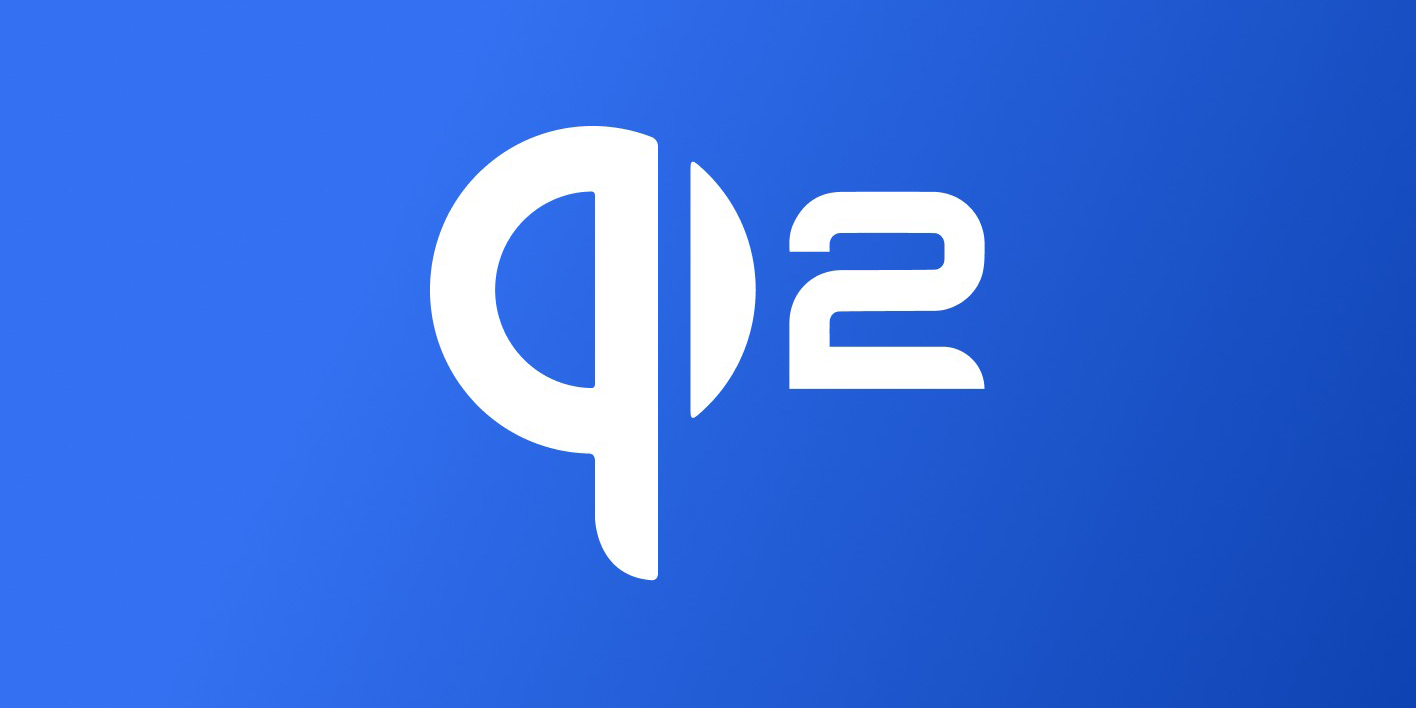
The whole appeal of the Qi2 standard is that magnets can be added to a device in order to improve charger alignment, speeds, and open the door to a ton of additional accessories. But “Qi2 Ready” is now coming, and it may end up throwing a wrench in that.
Qi2 was announced in 2023 as the first major update to the world’s biggest wireless charging standard, and the big news was that Apple had effectively donated MagSafe to the new industry standard. The expectation, of course, was that Android phones would adopt Qi2 and work similarly to the latest iPhones, with magnetic accessories that connect through magnets built into the phone.
Sadly, two years later, we still haven’t arrived there, as only a single Android phone has adopted Qi2.
Qi2, officially, requires devices to have magnets built into say they have “Qi2,” otherwise they can only say they have “Qi” even if Qi v2.0 is the underlying standard, such as is the case with Samsung’s Galaxy Ring. That was finally cleared up recently after confusion was spread for quite some time regarding this branding.
But now, the WPC is setting things up for confusion again. In a press release at CES 2025, updates to the Qi2 standard were announced including that Samsung would be adopting the tech in Galaxy devices while Google is working to improve speeds. There are also “extensions” to Qi2 coming, including “Qi2 Ready.”
The WPC explains:
The growth of the Qi2 ecosystem will continue with the introduction of Qi2 Ready certified devices. These devices—smartphones and accessories such as cases—deliver the full Qi2 user experience when paired together in approved combinations.
In other words, “Qi2 Ready” devices will be officially compatible with Qi2 accessories by using “approved combinations” of smartphones and accessories such as cases.
Top comment by Paul Williams
This is the WPC Giving in to pressure from companies like Samsung that are either too slow or cant be bothered to put the magnets in the Phone for another year. Samsung wants to use the Qi2 in advertisements but not spend the time or money to put the magnets in their phones. Disgraceful this will totally confuse the average consumer.
This will officially let device makers skip the built-in magnets and instead offer that functionality to users via a case or other accessory while still saying their device technically is ready for Qi2, though it directly goes back on the branding that the WPC had previously established. The timing of this also makes sense, as Samsung is rumored to be leveraging Qi2 compatibility through cases in lieu of building the magnets into the device itself.
On the bright side, having an official means of certifying that cases work with devices for Qi2 will prevent the semi-common alignment issues we see in third-party versions of these cases today. But, in all likelihood, this will probably lead to Android makers skipping the built-in magnets to instead offer Qi2 functionality, at an added cost, through first-party accessories. It does remain unclear how third-party cases will be affected here given that combinations of devices and accessories need to be “approved.”
What do you think of this change to Qi2?
More on Qi2:
- Qi2 is officially coming to Samsung Galaxy devices, Google adding Pixel’s faster speeds
- The Galaxy S25 probably won’t have Qi2, but might have faster wireless charging
- OnePlus 13 is the latest Android flagship to ignore Qi2
Follow Ben: Twitter/X, Threads, Bluesky, and Instagram
FTC: We use income earning auto affiliate links. More.



Comments